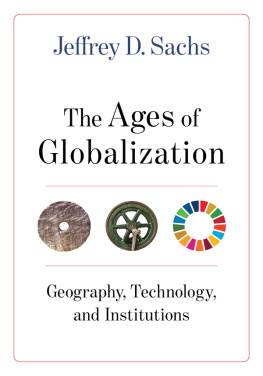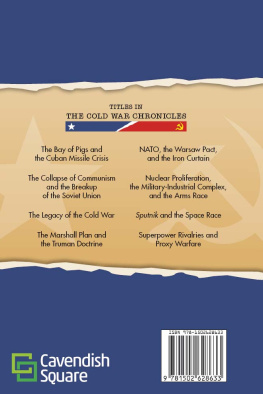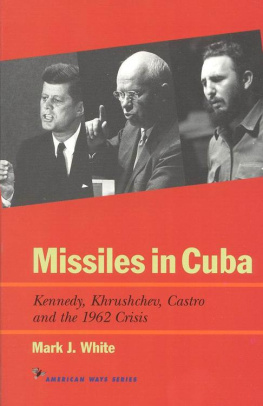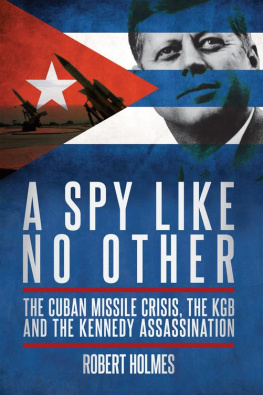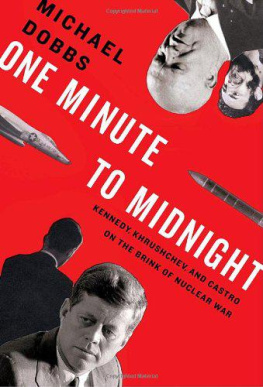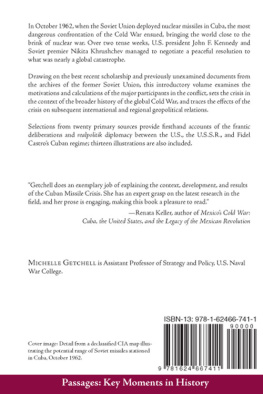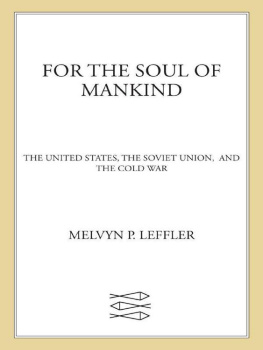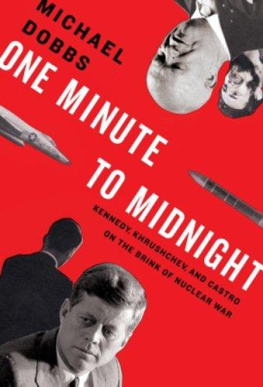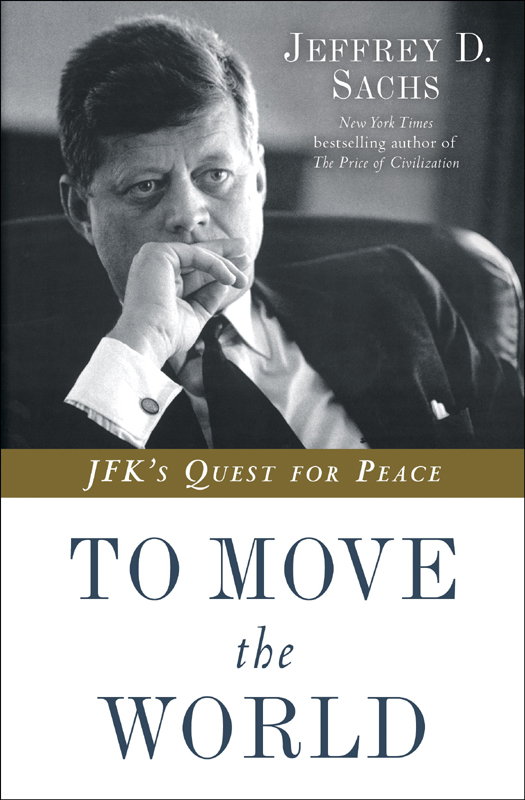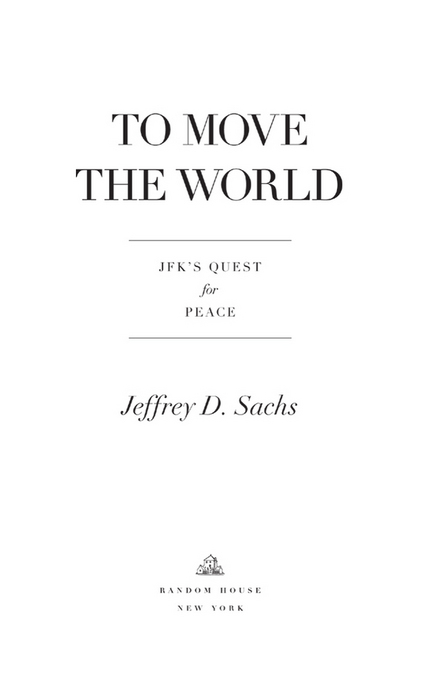Jeffrey D. Sachs - To Move the World: JFKs Quest for Peace
Here you can read online Jeffrey D. Sachs - To Move the World: JFKs Quest for Peace full text of the book (entire story) in english for free. Download pdf and epub, get meaning, cover and reviews about this ebook. year: 2013, publisher: Random House, genre: Politics. Description of the work, (preface) as well as reviews are available. Best literature library LitArk.com created for fans of good reading and offers a wide selection of genres:
Romance novel
Science fiction
Adventure
Detective
Science
History
Home and family
Prose
Art
Politics
Computer
Non-fiction
Religion
Business
Children
Humor
Choose a favorite category and find really read worthwhile books. Enjoy immersion in the world of imagination, feel the emotions of the characters or learn something new for yourself, make an fascinating discovery.

- Book:To Move the World: JFKs Quest for Peace
- Author:
- Publisher:Random House
- Genre:
- Year:2013
- Rating:3 / 5
- Favourites:Add to favourites
- Your mark:
To Move the World: JFKs Quest for Peace: summary, description and annotation
We offer to read an annotation, description, summary or preface (depends on what the author of the book "To Move the World: JFKs Quest for Peace" wrote himself). If you haven't found the necessary information about the book — write in the comments, we will try to find it.
The last great campaign of John F. Kennedys life was not the battle for reelection he did not live to wage, but the struggle for a sustainable peace with the Soviet Union. To Move the World recalls the extraordinary days from October 1962 to September 1963, when JFK marshaled the power of oratory and his remarkable political skills to establish more peaceful relations with the Soviet Union and a dramatic slowdown in the proliferation of nuclear arms.
Kennedy and his Soviet counterpart, Nikita Khrushchev, led their nations during the Cuban Missile Crisis, when the two superpowers came eyeball to eyeball at the nuclear abyss. This near-death experience shook both leaders deeply. Jeffrey D. Sachs shows how Kennedy emerged from the Missile crisis with the determination and prodigious skills to forge a new and less threatening direction for the world. Together, he and Khrushchev would pull the world away from the nuclear precipice, charting a path for future peacemakers to follow.
During his final year in office, Kennedy gave a series of speeches in which he pushed back against the momentum of the Cold War to persuade the world that peace with the Soviets was possible. The oratorical high point came on June 10, 1963, when Kennedy delivered the most important foreign policy speech of the modern presidency. He argued against the prevailing pessimism that viewed humanity as doomed by forces beyond its control. Mankind, argued Kennedy, could bring a new peace into reality through a bold vision combined with concrete and practical measures.
Achieving the first of those measures in the summer of 1963, the Partial Nuclear Test Ban Treaty, required more than just speechmaking, however. Kennedy had to use his great gifts of persuasion on multiple frontswith fractious allies, hawkish Republican congressmen, dubious members of his own administration, and the American and world publicto persuade a skeptical world that cooperation between the superpowers was realistic and necessary. Sachs shows how Kennedy campaigned for his vision and opened the eyes of the American people and the world to the possibilities of peace.
Featuring the full text of JFKs speeches from this period, as well as striking photographs, To Move the World gives us a startlingly fresh perspective on Kennedys presidency and a model for strong leadership and problem solving in our time.
Praise for To Move the World
After years trying to work out how underperforming economies can reach their full potential, [Jeffrey D. Sachs] has taken time out to offer an act of homage to his childhood heroJohn F. Kennedy. And he has singled out one of JFKs speeches for particular praise. . . . The true masterpiece, he believes, was a speech delivered to the American University in Washington DC in June 1963 and generally referred to as the Peace Speech. Sachs has come up with an argument making the case that the Peace Speech deserves wider recognition. . . . Why then does Sachs see the Peace Speech as so important? As he convincingly argues, it is all about context. Before the speech, he says, both sides had unrelentingly used Cold War rhetoric. In the last year of his life, emboldened by his success in defusing the Cuban missile crisis, JFK handled issues of international security with a new confidence and in a new way. . . . Sachs makes his case.The Spectator
Jeffrey D. Sachs: author's other books
Who wrote To Move the World: JFKs Quest for Peace? Find out the surname, the name of the author of the book and a list of all author's works by series.



